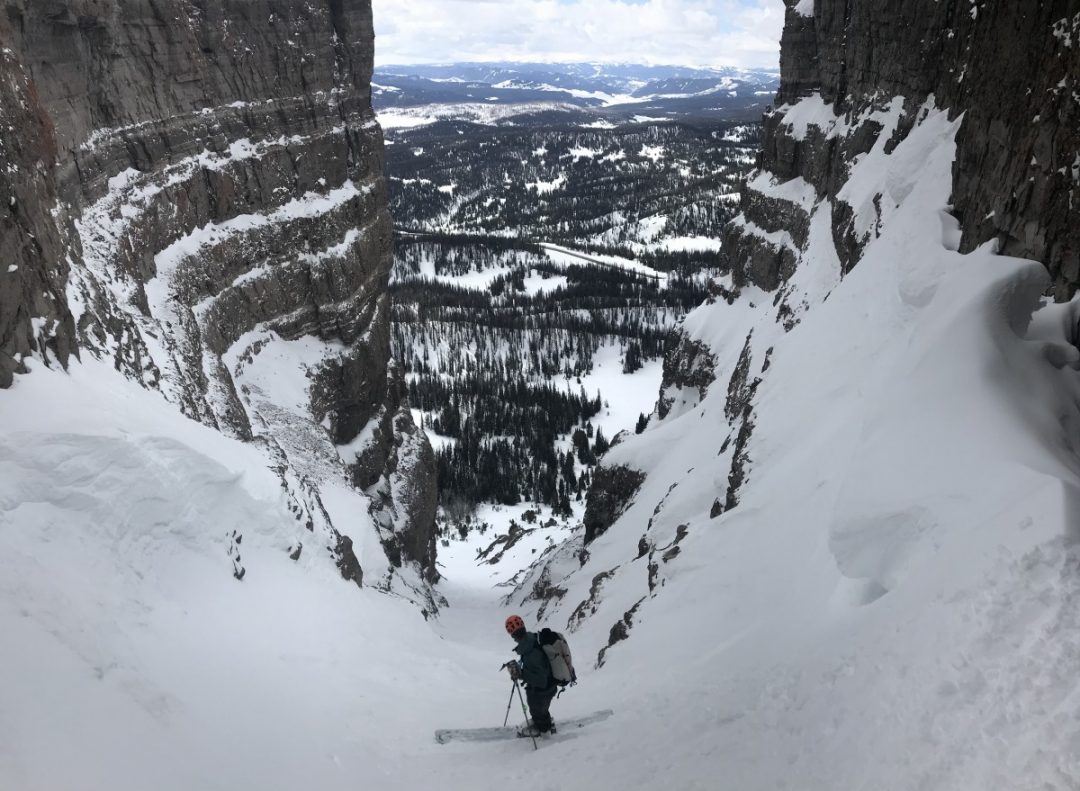
The backcountry is a scene for personal moments and an eyes wide open perspective. Photo: Ryan Burke
It’s hard to recognize the first domino leading to someone’s last breath. The finger usually points to the slope angle, new snow loading, or a persistent weak layer from late November as the culprit for winter backcountry users. If you look back far enough, however, the chain of events usually begins with an unnoticed emotional or social error.
As our backcountry community grows and large numbers start to conjugate in tight spaces, avalanche education may no longer be enough to keep us all safe. Understanding and managing your own emotions and the social cues and pressures from others is quickly becoming a more important element of the daily safety checklist.
Hoping the crowds will leave after the pandemic dies down or wishing “they” will disappear from “your” zones after a low tide year is counterproductive thinking. The sooner we accept the new normal, the better, as solutions only occur once we stop staring at the problem. Our tribe is expanding, whether we like it or not, and as a member of the world’s most socially sensitive species, I’m advocating that we act accordingly.
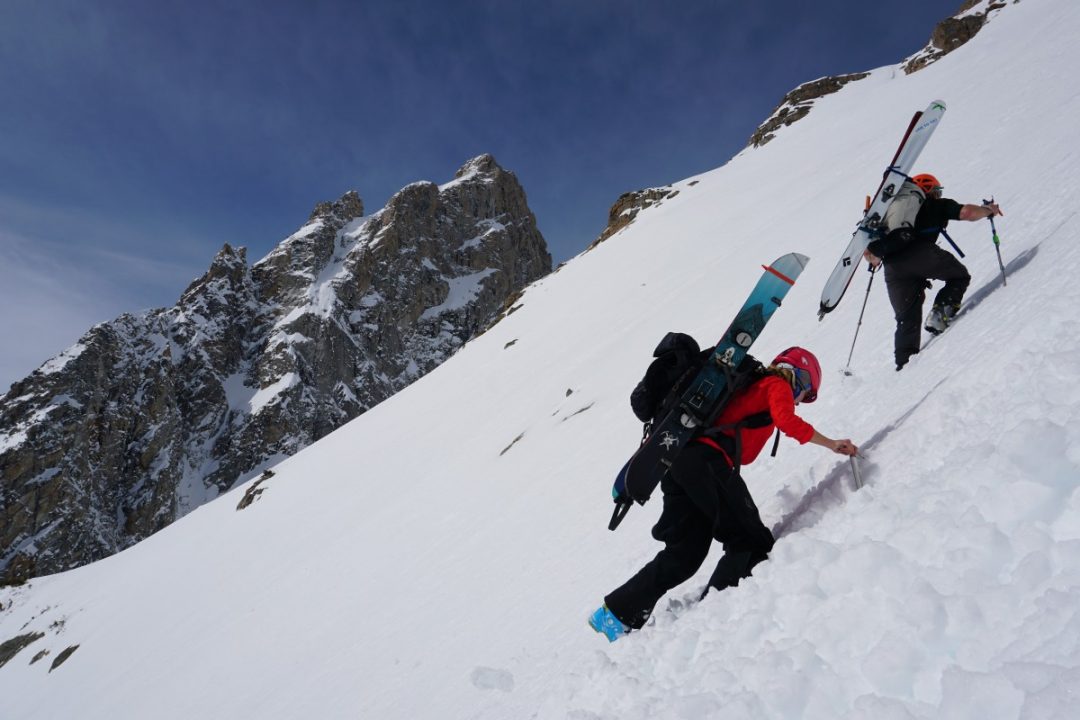
A within-group synchronicity and out-group hostility may have been an asset for our ancestors but it quickly becomes a liability in today’s boot pack. Photo: Ryan Burke
The human brain evolved to help us connect with our ski partners, but it is also wired to be skeptical of the split-boarding strangers one ridge over. This outdated programming affects us whether we are scavenging on the Serengeti or searching for powder in the resort side-country. This within-group synchronicity and out-group hostility may have been an asset for our ancestors but it quickly becomes a liability in today’s boot pack. Systemic problems stare us in the face. It’s likely we seek the quiet and challenges of the backcountry to reflect how we should be, and maybe not the reality of who we are. We need to start viewing fellow backcountry users as allies, not threats.
The high alpine is an intimidating place, and while other users may be a huge risk factor to consider, they can also be our greatest safeguard if welcomed in. Hopefully, it doesn’t take a broken leg ten miles from the trailhead to make this realization hit home. Here’s what it might look and sound like: A nice hello with a soft tone and a genuine “where are you off to?” may turn a foe into a friend. Possibly giving you a lifeline the next time you need a conditions report or use of an inReach. If instead, we choose to turn our backs and charge ahead of the group gaining on us, then we all become less safe in the process. Another ski party poaching your line is a buzzkill, but if communicating your intentions or backing off a line keeps you alive, the trade-off will be worth it.
We are all guilty of making different decisions in groups than when we are on our own, as most of us would rather be wrong together than right alone. This dynamic rings true on middle school playgrounds, and it also plays out as we navigate across a knife-edge ridge. Regressing to group norms may cut down on interpersonal conflict, but it hardly ever results in a well-thought-out decision. To our ancestors, rejection from the tribe equaled death. Therefore, whatever behaviors we accept as normal in the parking lot setting out for a tour, usually becomes the unquestioned way of the world in the red zone
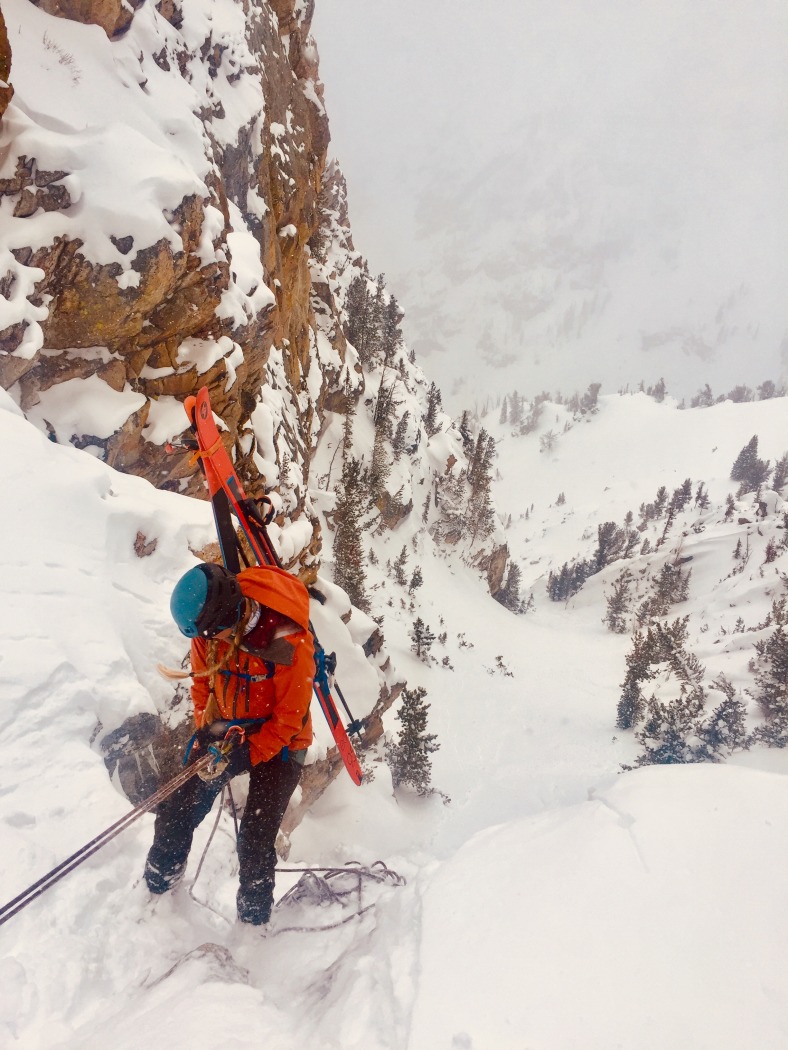
Attention is a limited resource in the mountains. Photo: Ryan Burke
This implicit agreement, depending on the methodology, can mean your group makes it home safely or alternatively spends the night shivering together in a snow cave. Or maybe worse. Your group’s momentum can move in any number of directions. However, you will always be at the mercy of the loudest voice unless you decide to talk openly about your groups’ culture and unwritten rules. Group etiquette may be harder to discuss than the tactics of dropping the steep north-facing couloir deep in the Park, but both deserve adequate airtime.
Attention is a limited resource, and if you spend most of your time calculating where you rank in the ski-bro hierarchy, your focus isn’t on current conditions or acknowledging unheard voices. It’s possible to be both a go-getter and a good community member, but only if you allow enough room in your value system for both to coexist. Your brain follows the orders it is given, but if the original broadcast is misguided, then the inevitable outcome will likely be a disaster. If you’re lucky, that disaster doesn’t strike, yet, those problematic dynamics are positively reinforced.
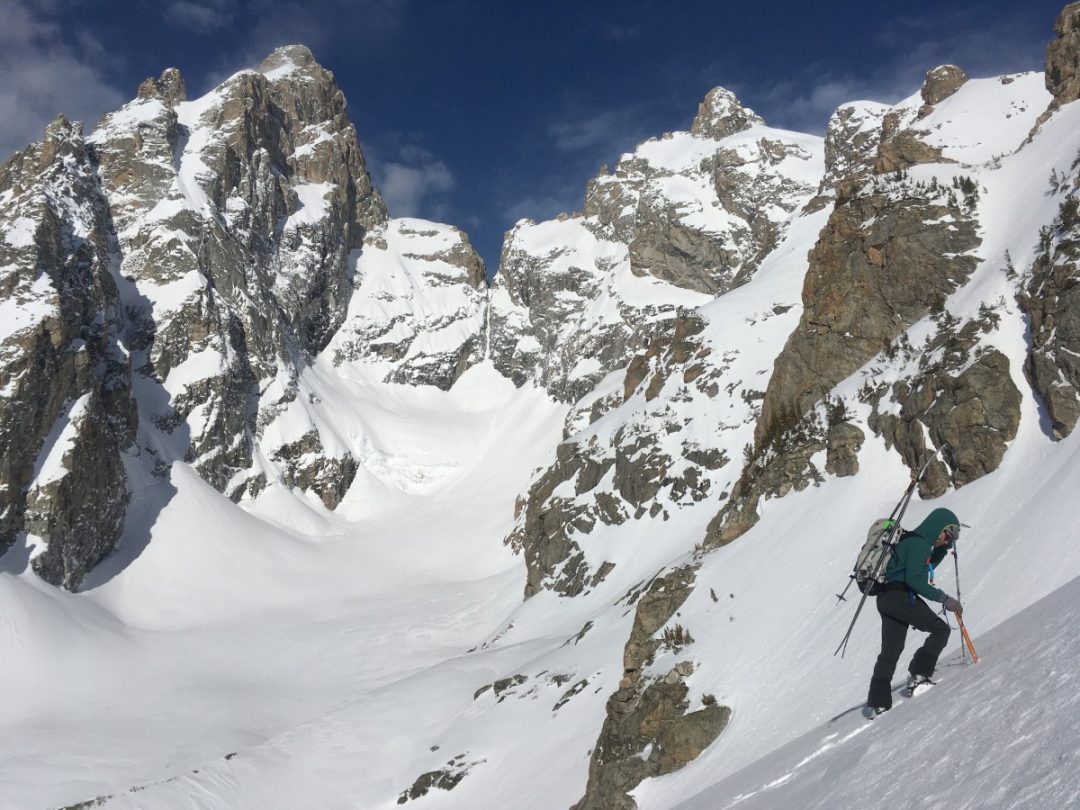
The next time you find yourself stuck in traffic, step back and remember you are the traffic. These shifts in perspective have the potential to ripple across your life and ultimately make you a better decision-maker overall. Photo: Ryan Burke
Unconsciously, many of us have a consumption attitude in the backcountry that leads to impulsive decisions and a winner-takes-all approach. If shifting our mindset to a curiosity-driven strategy results in a more balanced response and open-minded thought process, the change seems warranted. Debriefing your choices after an accident, or evaluating your backcountry ethics, might cut into your time researching next season’s powder ski. But, in the long run, it could also end up saving your life; or the life of the slightly slower party you passed on the ascent.
Zooming out, it becomes apparent that repetition is the brain’s language, and how you live your daily life will inevitably determine how you spend your time in the backcountry. The next time you find yourself stuck in traffic, step back and remember you are the traffic. These shifts in perspective have the potential to ripple across your life and ultimately make you a better decision-maker overall. If, instead, we choose to spend our lives on automatic pilot, beholden to our ingrained patterns, we fail to see the whole picture. Only when we override to manual control, do we see more than just a sliver of the situation that fits our prerogative. Once that happens, it slowly starts to sink in that there are no heroes and villains in the backcountry, only other people trying to make the best use of their day, just like you.
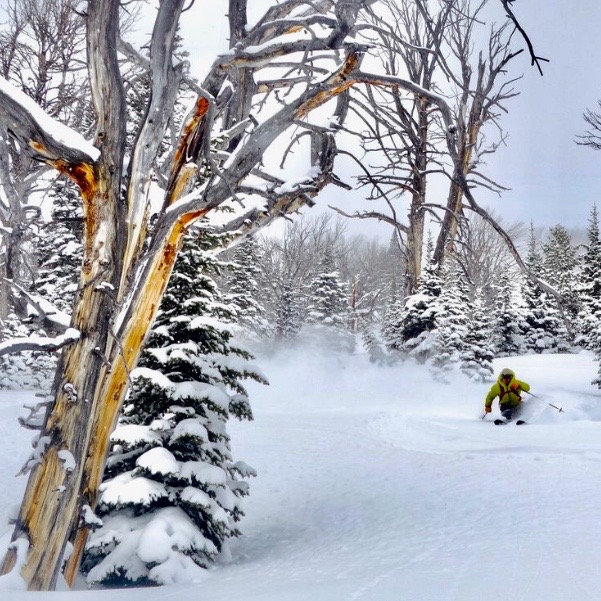
Unconsciously, many of us have a consumption attitude in the backcountry that leads to impulsive decisions and a winner-takes-all approach. Photo: Dani Perrot.
Ryan Burke is a licensed professional counselor and endurance mountaineer. Burke readily admits to making many mistakes in the backcountry due to impatience, ego, and social pressure. Learning from each one since moving to the Teton area in 2004.
Ryan Burke is a licensed professional counselor and endurance mountaineer. Burke readily admits to making many mistakes in the backcountry due to impatience, ego, and social pressure. Learning from each one since moving to the Teton area in 2004
